This video is no longer available.
Using mechanisms inspired by nature, Virginia Tech researchers have created a new adhesive based on the shape of octopus suckers.
“We’re really interested in trying to grab on quickly, and release easily from wet or submerged objects,” said Virginia Tech Associate Professor Michael Bartlett. “One of the organisms that does this in nature in an extraordinary way is the octopus.”
Bartlett and his students’ findings have been published in the journal Advanced Science.
“Some of the challenging underwater objects are rocks that have curvatures and roughness. We want to be able to hold to things like sea shells, which are smaller. And we want to be able to grab onto things that are hard and soft,” said Bartlett.
The adhesive, which resembles an octopus sucker and is the size of a human fingertip, isn’t strong because it is sticky: “If you touch our octopus-inspired adhesive, it isn’t sticky, it isn’t tacky, it doesn’t feel like a regular piece of tape, but it does feel soft,” said Bartlett.
Instead, the adhesive’s strength is based on its ability to instantly apply the correct amount of force to stabilize an item, which might have several surfaces.
“If you look at the octopus sucker, it has this outer ring called the infundibulum. And this outer ring has a curvature to it, and it’s made out of very soft tissue,” said Bartlett.
The challenge, from an engineering perspective, was to build an adhesive with some of the same characteristics: “So, what we did is use a soft, rubbery material. We shaped it into a curved stalk, and then on the top of that we add a soft, rubbery membrane.”
The way researchers attach and release from objects is by controlling the pressure under the membrane, similar to inflating and deflating a balloon. To grab onto an item, the balloon would be inflated to apply pressure. Once released, the balloon would be deflated.
With a single fingertip-sized adhesive, “We can pick up rocks that you would have to hold onto with two hands,” Bartlett said.
“This could really be useful for applications such as underwater search and rescue. It can be useful in manufacturing where you have to move things around in challenging environments. And we see it as having good utility for wearable devices that might help people with disabilities,” helping someone pick up and release objects in their homes.
Bartlett said the adhesive works equally well in fresh water, salt water or polluted water or oil.
“We’ve done experiments where we’ve changed the viscosity of the fluid, so it works in fluids that move like water, and in fluids that move like maple syrup,” he said.
Bartlett’s previous research involved creation of the Octa Glove, equipped with octopus-inspired adhesives and sensors to hold onto items with a gentle bond without applying excessive force.
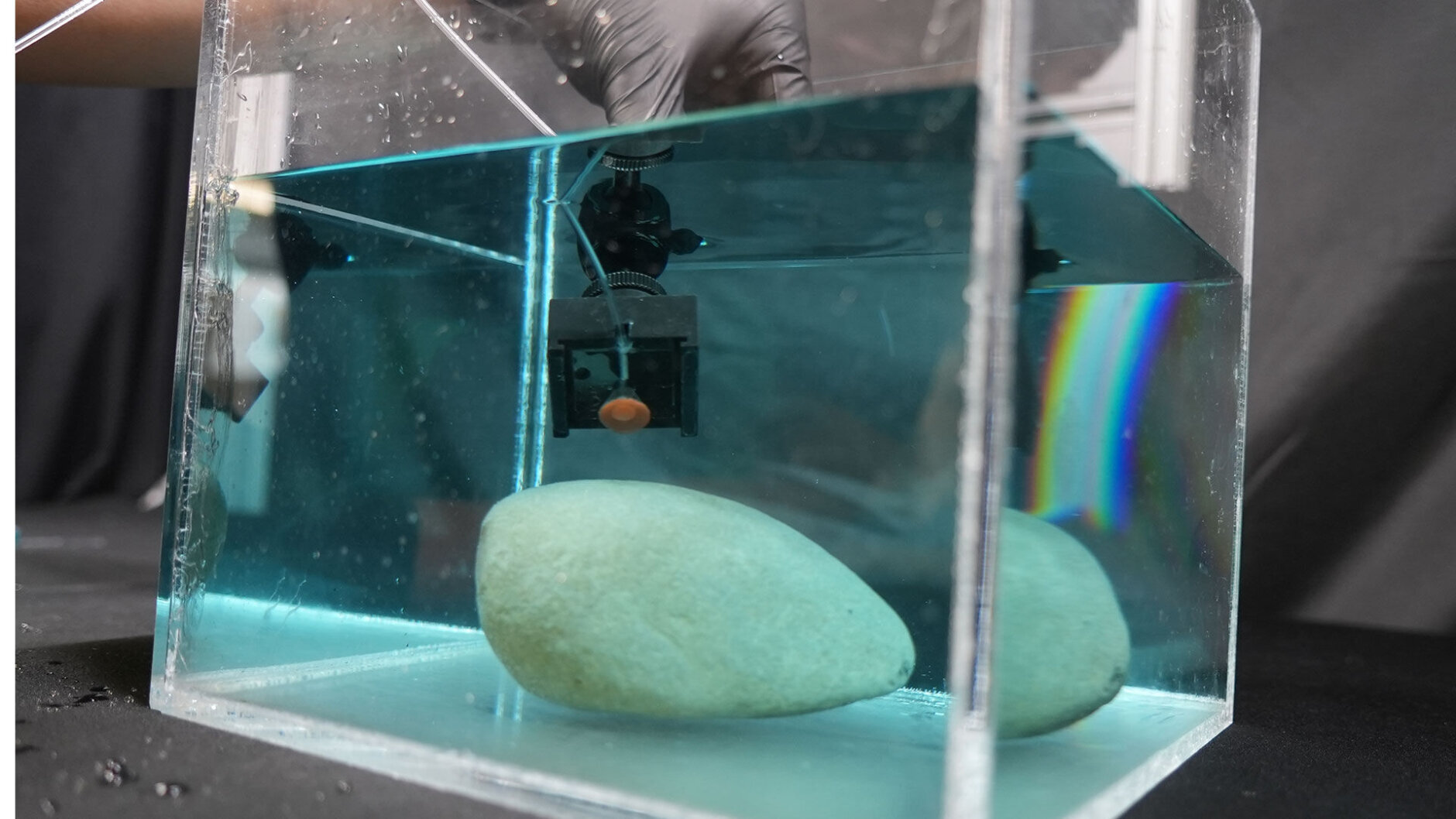

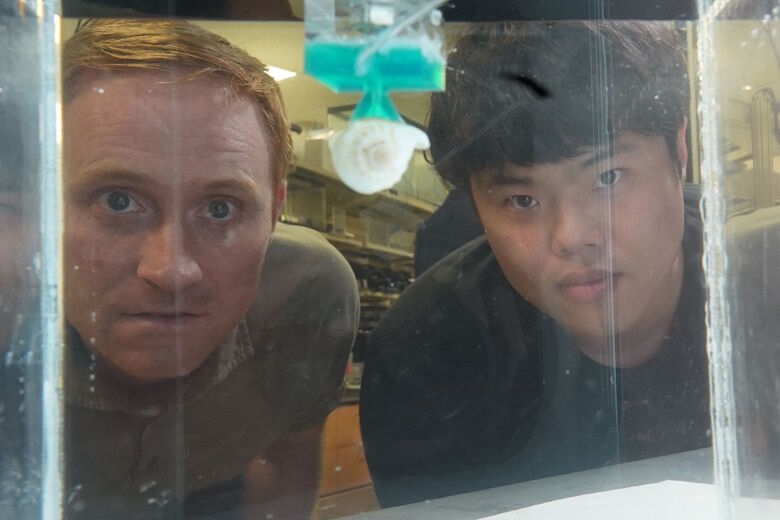
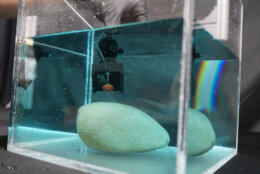
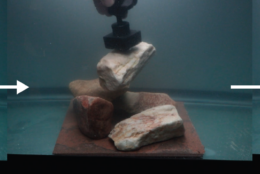
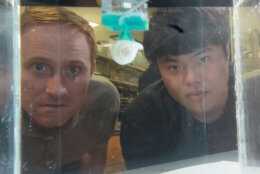
Get breaking news and daily headlines delivered to your email inbox by signing up here.
© 2024 WTOP. All Rights Reserved. This website is not intended for users located within the European Economic Area.








